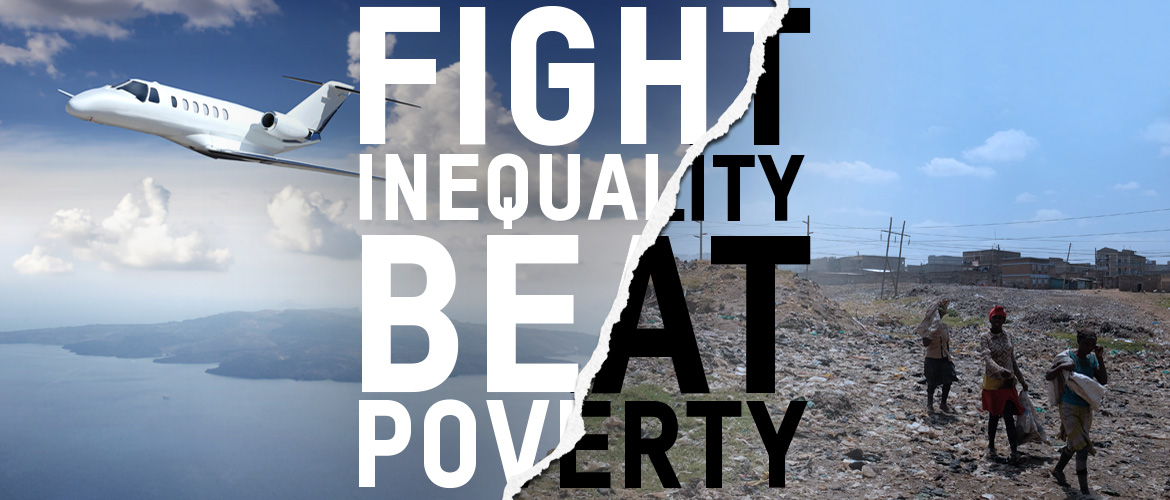Australia’s record number of billionaires raked in a collective $100 million a day last year – a staggering total increase of $36 billion in the wealth of just 43 people – as inequality continued to grow, an Oxfam Australia briefing paper reveals.
Oxfam Australia Chief Executive Helen Szoke said the number of Australian billionaires increased from 33 to 43 last year – and the top one per cent of Australians continued to own more wealth than the bottom 70 per cent combined.
Dr Szoke said the paper, released ahead of political and business leaders meeting for the annual World Economic Forum in Davos, Switzerland, also showed that the most disadvantaged – including many of our nation’s First Peoples – remained trapped in an entrenched cycle of poverty.
“As an organisation dedicated to tackling poverty, Oxfam Australia is concerned there is no end in sight to this harmful trend that is concentrating ever more wealth in the hands of the already rich and powerful,” Dr Szoke said.
“The wealth of Australia’s 43 billionaires, who are mostly men, climbed to almost $160 billion in total – and the $36 billion wealth increase of this privileged group in one year alone is enough to fund about half of the Australian Government’s total health budget this financial year. At the same time, the wealth of the bottom half of our community has not changed and ordi nary workers’ wage growth has remained stagnant.”
Dr Szoke said Australian women continued to face economic disadvantage – earning 85 cents for every dollar earned by men and dealt a gender pay gap that continues to favour men in every single industry.
Aboriginal and Torres Strait Islander Peoples also fell into a group that was being left behind. Not only do Australian Government statistics show that the proportion of Indigenous households with incomes in the bottom 25 per cent is double that of non-Indigenous households, Indigenous women’s maternity outcomes also perform extremely poorly compared to non-Indigenous women.
“The yawning gap between health outcomes for Aboriginal and Torres Strait Islander women in Australia – who face a devastating infant mortality rate that is double that of non-Indigenous women, and even worse in remote areas – is a symptom of this stark inequality,” Dr Szoke said.
“These are shameful records showing the circumstances faced by many of our nation’s First Peoples. Tackling this health disparity would be a good place to start in spending some of the millions of dollars that large businesses avoid paying in taxes each year.”
Dr Szoke said there were a number of key actions the Federal Government could take to tackle rising inequality head-on.
“The Government should introduce tougher tax laws that require large Australian companies – a third of which paid zero into the public coffers over four consecutive years – to publicly report on their tax affairs by country,” Dr Szoke said.
Reinstating a Women’s Budget Statement, to better analyse and inform decisions on gender equity, and properly resourcing public health services for Indigenous Australians to close the gap on appalling health inequality for many of our First Peoples, were also critical in the bid to create a fairer Australia for all.
“Australia is among the wealthiest nations in the world, yet the pervasive gap between the haves and the have-nots persists,” Dr Szoke said. “This inequality simply cannot – and does not need to – continue.”
For interviews, or copies of the Australian paper and global report, please contact Amanda Banks on 0411 449 653 or amandab@oxfam.org.au


Comments are closed.